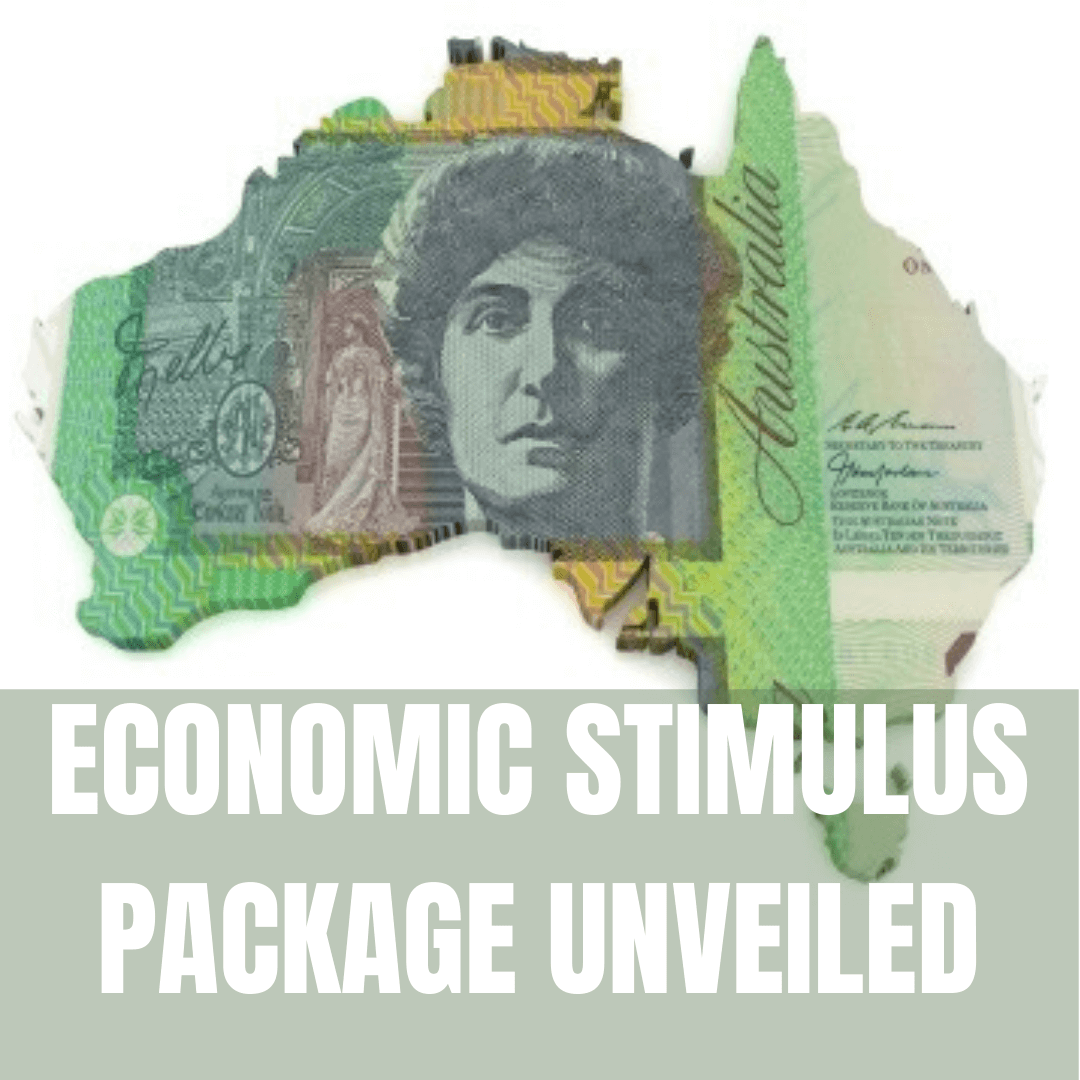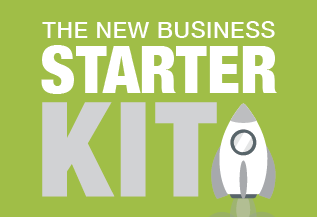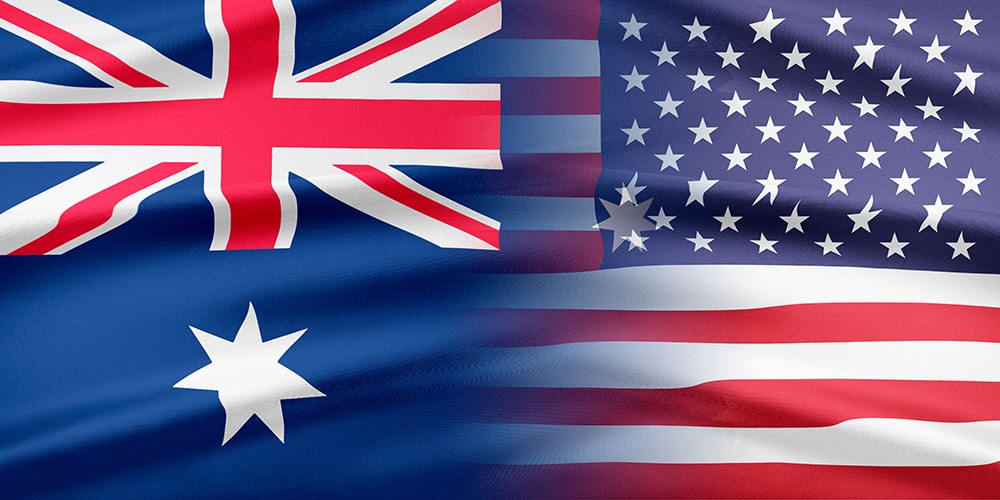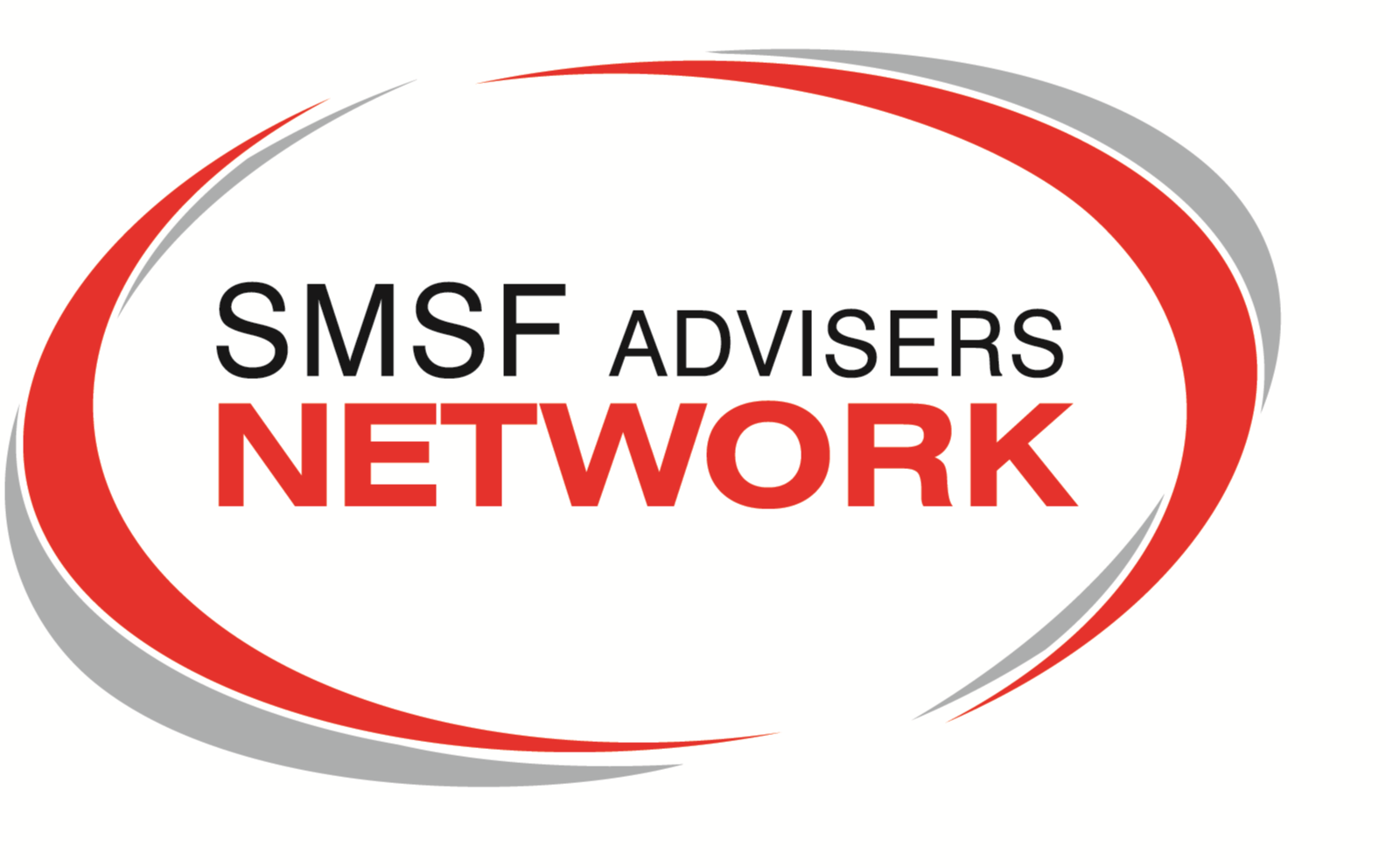Government Coronavirus Stimulus Package

Just 10 days after announcing its coronavirus stimulus package, the Morrison Government has released a second, beefed-up package.
The new $66.1 billion economic support package is on top of the first $17.6 billion package and is intended to help businesses survive and retain employees. The Government claims it has now allocated $189 billion to economic stimulus, to stave off the economic downturn caused by the COVID-19 including the two stimulus packages, a $90 billion debt facility from the Reserve Bank of Australia (RBA) and a $15 billion facility for non-bank lenders.
There might be more to come and here is a summary of what’s on offer.
STOP PRESS :- On the 30th March 2020 the Federal Government has announced a new JobKeeper Payment of $1500 per fortnight for each eligible employee for eligible businesses (where the ATO assesses they will experience a decline in turnover of more than 30% for businesses with a turnover less than 1 billion dollars or more than 50% for businesses with a turnover above $1billion). The payments will continue for 6 months and will commence from the first week of May 2020. Businesses need to register their interest with the ATO.
More information:-
- Supporting Businesses to Retain Jobs Fact Sheet
- JobKeeper Payment - Information for Employers
- JobKeeper Payment - Information for Employees
Boosting
Cash Flow for Employers

Summary
The Government is providing up to $100,000 to eligible small and medium-sized businesses, and not-for-profits (including charities) that employ people, with a minimum payment of $20,000. These payments will help businesses’ and not-for-profits' (NFPs) cash flow so they can keep operating, pay their rent, electricity and other bills and retain staff.
On 12 March 2020, the Government announced the Boosting Cash Flow for Employers measure. The measure initially provided up to $25,000 to business, with a minimum payment of $2,000 for eligible businesses. Small and medium-sized business entities with aggregated annual turnover under $50 million and that employ workers are eligible.
The Government has ramped up this measure as part of the second economic response package. Not-for-profit entities (NFPs), including charities, with aggregated annual turnover under $50 million and that employ workers will now also be eligible. This will support employment activities at a time where NFPs are facing increasing demand for services.
Under the enhanced scheme, employers will receive a payment equal to 100 per cent of their salary and wages withheld (up from 50 per cent), with the maximum payment being increased from $25,000 to $50,000. In addition, the minimum payment is being increased from $2,000 to $10,000.
An additional payment is also being introduced in the July – October 2020 period. Eligible entities will receive an additional payment equal to the total of all of the Boosting Cash Flow for Employers payments they have received. This means that eligible entities will receive at least $20,000 up to a total of $100,000 under both payments. This additional payment continues cash flow support over a longer period, increasing confidence, helping employers to retain staff and helping entities to keep operating.
The cash flow boost provides a tax-free payment to employers and is automatically calculated by the Australian Taxation Office (ATO). There are no new forms required.
Eligibility - Boosting Cash Flow for Employers Payments

Small and medium-sized business entities and NFPs with aggregated annual turnover under $50 million and that employ workers will be eligible. Eligibility will generally be based on prior year turnover.
- The payment will be delivered by the ATO as an automatic credit in the activity statement system from 28 April 2020 upon employers lodging eligible upcoming activity statements.
- Eligible employers that withhold tax to the ATO on their employees’ salary and wages will receive a payment equal to 100 per cent of the amount withheld, up to a maximum payment of $50,000.
- Eligible employers that pay salary and wages will receive a minimum payment of $10,000, even if they are not required to withhold tax.
- The payments will only be available to active eligible employers established prior to 12 March 2020. However, charities which are registered with the Australian Charities and Not-for-profits Commission will be eligible regardless of when they were registered, subject to meeting other eligibility requirements. This recognises that new charities may be established in response to the Coronavirus pandemic.
Eligibility - Additional Payment
To qualify for the additional payment, the entity must continue to be active.
For monthly activity statement lodgers, the additional payments will be delivered as an automatic credit in the activity statement system. This will be equal to a quarter of their total initial Boosting Cash Flow for Employers payment following the lodgment of their June 2020, July 2020, August 2020 and September 2020 activity statements (up to a total of $50,000).
For quarterly activity statement lodgers, the additional payments will be delivered as an automatic credit in the activity statement system. This will be equal to half of their total initial Boosting Cash Flow for Employers payment following the lodgment of their June 2020 and September 2020 activity statements (up to a total of $50,000).
This measure will benefit around 690,000 businesses employing around 7.8 million people and around 30,000 NFPs (including charities).
Timing - Boosting Cash Flow for Employers Payments
The Boosting Cash Flow for Employers payment will be applied to a limited number of activity statement lodgments. The ATO will deliver the payment as a credit to the entity upon lodgment of their activity statements. Where this places the entity in a refund position, the ATO will deliver the refund within 14 days.
| Type of Lodger |
Eligible Period |
Lodgment Due Date |
| Quarterly |
Quarter 3 (January, February and March 2020) Quarter 4 (April, May and June 2020) |
28 April 2020 28 July 2020 |
| Monthly |
March 2020 |
21 April 2020 |
| |
April 2020 |
21 May 2020 |
| |
May 2020 |
22 June 2020 |
| |
June 2020 |
21 July 2020 |
Quarterly lodgers will be eligible to receive the payment for the quarters ending March 2020 and June 2020 and September 2020. Each additional payment will be equal to half of their total initial Boosting Cash For for Employers payment (up to a total of $50,000).
Monthly lodgers will be eligible to receive the payment for the March 2020, April 2020, May 2020 and June 2020 lodgments. To provide a similar treatment to quarterly lodgers, the payment for monthly lodgers will be calculated at three times the rate (300 per cent) in the March 2020 activity statement.
The minimum payment will be applied to the entities’ first lodgment.
Timing - Additional Payment
The additional payment will be applied to a limited number of activity statement lodgments. The ATO will deliver the payment as a credit to the entity upon lodgment of their activity statements. Where this places the entity in a refund position, the ATO will deliver the refund within 14 days.
| Type of Lodger |
Eligible Period |
Lodgment Due date |
| Quarterly |
Quarter 4 (April, May and June 2020) Quarter 1 (July, August and September 2020) |
28 July 2020 28 October 2020 |
| Monthly |
June 2020 July 2020 August 2020 September 2020 |
21 July 2020 21 August 2020 21 September 2020 21 October 2020 |
Quarterly lodgers will be eligible to receive the additional payment for the quarters ending June 2020 and September 2020. Each additional payment will be equal to half of their total initial Boosting Cash Flow for Employers payment (up to a total of $50,000).
Monthly lodgers will be eligible to receive the additional payment for the June 2020, July 2020, August 2020 and September 2020 lodgments. Each additional payment will be equal to a quarter of their total initial Boosting Cash Flow for Employers payment (up to a total of $50,000).
|
Example of Boosting Cash Flow for Employer Payments: Claire’s Construction Business |
|
Claire owns and runs a building business and employs 8 construction workers on average full-time weekly earnings, who each earn $89,730 per year. Claire reports withholding of $15,008 for her employees on each of her monthly Business Activity Statements (BAS). Under the Government’s changes, Claire will be eligible to receive the payment on lodgment of her BAS Claire’s business receives:
Under the previously announced Boosting Cash Flow for Employers measure, Claire’s business would have received a maximum payment of $25,000. Under the Government’s enhanced Boosting Cash Flow for Employers measure, Claire’s business will receive $100,000. This is an additional $75,000 to support her business and help her retain her staff. |
|
Example of Boosting Cash Flow for Employer Payments: Sam’s Hairdressing Salon |
|
Sam owns a hairdressing salon and he employs 12 hairdressers, with average salary of $50,000 per year. Sam reports withholding of $8,788 for his employees in each of his monthly BAS. Under the Government’s changes, Sam will be eligible to receive the payments on lodgment of his relevant BAS. Sam’s business will receive:
Under the previously announced Boosting Cash Flow for Employers measure, Sam’s business would have received a total payment of $25,000. Under the Government’s enhanced Boosting Cash Flow for Employers measure, Sam’s business will receive $100,000. This is an additional $75,000 to support his business. |
|
Example of Boosting Cash Flow for Employer Payments: Charlie’s Courier Run
|
|
Charlie owns and runs a small courier business and employs two casual staff members who each earn $10,000 per year. In his quarterly BAS, Charlie reports withholding of $0 for his employees as they are under the tax-free threshold. Under the Government’s changes, Charlie will be eligible to receive the payment on lodgment of his BAS. Charlie’s business will receive:
If Charlie begins withholding tax for the June quarter, he would need to withhold more than $10,000 before he receives any additional payment. Under the previously announced Boosting Cash Flow for Employers measure, Charlie’s business would have received a total payment of $2,000. Under the Government’s enhanced Boosting Cash Flow for Employers measure, Charlie’s business will receive $20,000. This is an additional $18,000 to support his business. |
|
Example of Boosting Cash Flow for Employers Payments: Help for the Homeless Op-Shop
|
|
Help for the Homeless, a registered charity, runs an op-shop to support its programs and employs 5 part-time workers with average income of $30,000 per year. It reports total withholding of $3,510 for its employees for each quarterly BAS. Under the Government’s changes, Help for the Homeless will be eligible to receive the payment on lodgment of its BAS as it is a charity. Help for the Homeless receives:
Under the Government’s enhanced Boosting Cash Flow for Employers measure, Help for the Homeless will receive $20,000. Under the previously announced Boosting Cash Flow for Employers measure, NFPs were not eligible for the support. |
Keeping Apprentices Employed
Summary
The Government is supporting small business to retain their apprentices and trainees. Eligible employers can apply for a wage subsidy of 50 per cent of the apprentice’s or trainee’s wage paid during the 9 months from 1 January 2020 to 30 September 2020. Where a small business is not able to retain an apprentice, the subsidy will be available to a new employer.
Employers will be reimbursed up to a maximum of $21,000 per eligible apprentice or trainee ($7,000 per quarter). Support will also be provided to the National Apprentice Employment Network, the peak national body representing Group Training Organisations, to co-ordinate the re-employment of displaced apprentices and trainees throughout their network of host employers across Australia.
Eligibility
The subsidy will be available to small businesses employing fewer than 20 full-time employees who retain an apprentice or trainee. The apprentice or trainee must have been in training with a small business as at 1 March 2020.
Employers of any size and Group Training Organisations that re-engage an eligible out-of-trade apprentice or trainee will be eligible for the subsidy. Employers will be able to access the subsidy after an eligibility assessment is undertaken by an Australian Apprenticeship Support Network (AASN) provider. This measure will support up to 70,000 small businesses, employing around 117,000 apprentices.
Timing
Employers can register for the subsidy from early April 2020. Final claims for payment must be lodged by 31 December 2020.
Further information is available at:
- The Department of Education, Skills and Employment website at: www.dese.gov.au
- Australian Apprenticeships website at: www.australianapprenticeships.gov.au
For further information on how to apply for the subsidy, including information on eligibility, contact an Australian Apprenticeship Support Network (AASN) provider.
This measure is expected to cost $1.3 billion across 2019/20 and 2020/21.
Instant
Asset Write-Off Extension_265x222a.png)
As part of the first Stimulus Package, the Government expanded the instant asset write-off scheme. This included increasing the asset purchase price threshold from $30,000 to $150,000 plus expanded eligible businesses with an aggregated annual turnover of less than $500 million (previously, this was limited to $50 million).
The expanded instant asset write-off scheme is valid until June 30, 2020 and the concession is summarised as follows:
- Assets costing up to $150,000 (excluding GST) from 12 March 2020 to 30 June 2020 (with business aggregated annual turnover up to $500 million)
- Assets costing up to $30,000 (excluding GST) up to 11 March 2020 (with business aggregated annual turnover up to $50 million)
This instant write off applies on a per asset basis, so eligible businesses can immediately write-off multiple assets, and it applies to new or second-hand assets first used or installed ready for use in the above time frame.
Accelerated Depreciation Deductions One-Off Payments
Effective immediately, businesses with annual turnover of less than $500 million will be eligible for Accelerated Depreciation Deductions on ‘eligible’ assets. These are new assets purchased after March 12, 2020 and first used or installed by 30 June 2021. They include depreciable assets such as plant and equipment but exclude second-hand assets, buildings and capital works. Businesses will be able to deduct 50% of the cost in the year of purchase and existing depreciation rules will apply to the full cost of the asset.
This will bring forward deductions that would otherwise be claimed in later years. Note that this is an extra tax deduction and not a cash back amount.
Bankruptcy Protection
The Federal Government has temporarily raised the threshold for creditors to issue a statutory demand on a company from $2,000 to $20,000 for six months. It has also increased the time allowed for a company to respond to statutory demands from 21 days to six months.
For individuals, the threshold for initiating bankruptcy proceedings has increased from $5,000 to $20,000, The time allowed for an individual to respond has increased from 21 days to six months. Again, this applies for six months.
The Government is also offering temporary relief for directors from personal liability for trading while insolvent, for six months. It is also working on temporary changes to the Corporations Act 2001, allowing for more flexibility for businesses dealing with unforeseen events that may have arisen as a result of the COVID-19 outbreak.
Tax Relief
The ATO has said it will offer tax relief to small businesses affected by the outbreak. The Commissioner of Taxation, Chris Jordan called on businesses to contact the ATO to arrange a tailored support plan. As your Accountants, we are the best people to liaise with the ATO about this on your behalf.
Relief options include:
- Deferring by up to four months the payment date of amounts due for Business Activity Statements (BAS including PAYG instalments), income tax assessments, FBT assessments and excise;
- Allowing businesses on a quarterly reporting cycle to opt into monthly GST reporting in order to get quicker access to GST refunds;
- Allowing businesses to vary PAYG instalment amounts to zero for the April 2020 quarter; businesses that vary their PAYG instalment to zero can also claim a refund for any instalments made for the September 2019 and December 2019 quarters;
- Remitting any interest and penalties, incurred on or after 23 January 2020, that have been applied to tax liabilities;
- Working with affected businesses to help them pay their existing and ongoing tax liabilities by allowing them to enter into low-interest payment plans; and
- Withholding of enforcement actions such as director penalty notices and wind-ups.
Employers will still need to meet their ongoing super guarantee obligations for their employees.
INCOME
SUPPORT
Individual Cash Payments
With large scale unemployment expected, the Government has implemented a number of income support measures to support people and encourage consumer spending. Notably, Treasurer Josh Frydenberg suggested these measures will apply to sole traders and casual workers who earn under a certain amount, fortnightly. At this stage, the eligibility threshold is unclear.
For six months from April 27, 2020, the Government will expand eligibility for income support payments. It is also issuing a new temporary coronavirus supplement to existing and new recipients of various jobseeker payments and other allowances. This will be paid at $550 per fortnight, for the next six months.
Recipients of social security, veteran support and income support, and various other concession card holders, will also receive a one-off cash payment of $750 each. Payments will start being made from March 31,2020. A second payment will also be made to these recipients, starting from July 13. However, the second payment will not be available to those eligible for the $550 coronavirus supplement.
EARLY
ACCESS TO SUPERANNUATION
Individuals affected by the coronavirus will be able to access up to $10,000 of their superannuation before the end of the 2020 financial year and another $10,000 in the 2020/21 financial year. Money withdrawn will not be taxed and can be in addition to Centrelink or Veterans’ Affairs payments. Applications for early withdrawals are expected to open in mid-April.
ACCESS TO CREDIT
RBA and Federal Bank Funding
Last week, the RBA announced a $90 billion term funding facility for banks, with the directive that banks should use it to lend to SMEs. The amount banks are eligible to borrow will depend on how much they lend out to businesses. For every $1 they lend to small business customers, they will be eligible for an additional $5 in funding themselves.
At the same Time, the Federal Government announced its own $15 billion funding facility for non-bank lenders, also intended to encourage lending to small businesses.
SME Guarantee Scheme
Under a new SME coronavirus guarantee scheme, the Government has pledged to guarantee 50% of new short-term, unsecured loans to small and medium businesses. The Government will guarantee up to $40 billion in new lending, in a bid to further encourage new credit to SMEs.
In addition, for lenders providing credit to SMEs, the Government is providing a temporary exemption from responsible lending obligations, meaning small business owners could access funds faster.
Pause on Small Business Loan Repayments
There is also relief for small businesses already repaying loans. On Friday, the Australian Banking Association announced Australian banks are pressing pause on repayments for small business loans. This is expected to apply to more than $100 billion of existing loans and could return up to $8 billion to Australian businesses.




.png)









